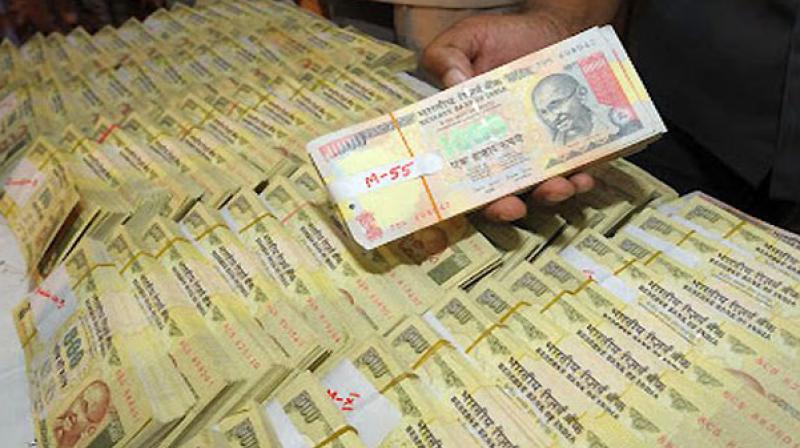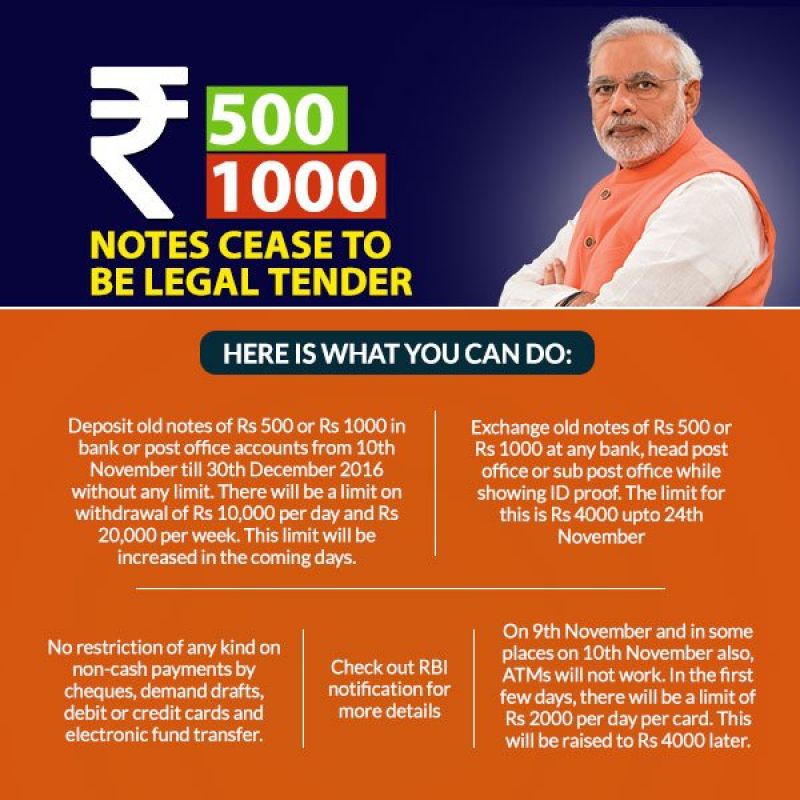6 things you need to do after govt's withdrawal of Rs 500 and Rs 1000 notes
The old notes can be exchanged in banks and post offices with new and alternate Rs 500 and Rs 2,000 notes.

A gang of three was arrested by the task force police on Wednesday with Pakistan-printed fake Indian currency worth Rs 9 lakh. (Representational image)
Mumbai: Prime Minister Narendra Modi took the nation by a storm on Tuesday, announcing that Rs 500 and Rs 1,000 notes would be rendered illegal starting from midnight of November 8.
The old notes can be exchanged in banks and post offices with new and alternate Rs 500 and Rs 2,000 notes, Modi said, and added that certain exemptions would be made for certain category of people taking into consideration the inconvenience that the government’s move is bound to cause.
Read: To choke black money, Modi withdraws old notes, to introduce new Rs 500, Rs 2k notes
But with the financial transactions heavily affected, here is what you must know and what can be done:
- Deposit old notes of Rs 500 or Rs 1000 in bank or post office accounts from November 10 till December 30 2016 without any limit.
- There will be a limit on withdrawal of Rs 10,000 per day and Rs 20,000 per week. This limit will be increased in the coming days.
- Exchange the old notes of Rs 500 or Rs 1000 at any bank, head post office or sub post office showing ID proof. The limit for this is Rs 4000 up to November 24
- No restriction of any of any kind on non-cash payments by cheques, demand drafts, debit or credit cards and electronic fund transfer.
- On November 9 and in some places on November 10 also, ATMs will not work.
- In the first few days, there will be a limit of Rs 2000 per day per card. This will be raised to Rs 4000 later.
( Source : Deccan Chronicle. )
Next Story


